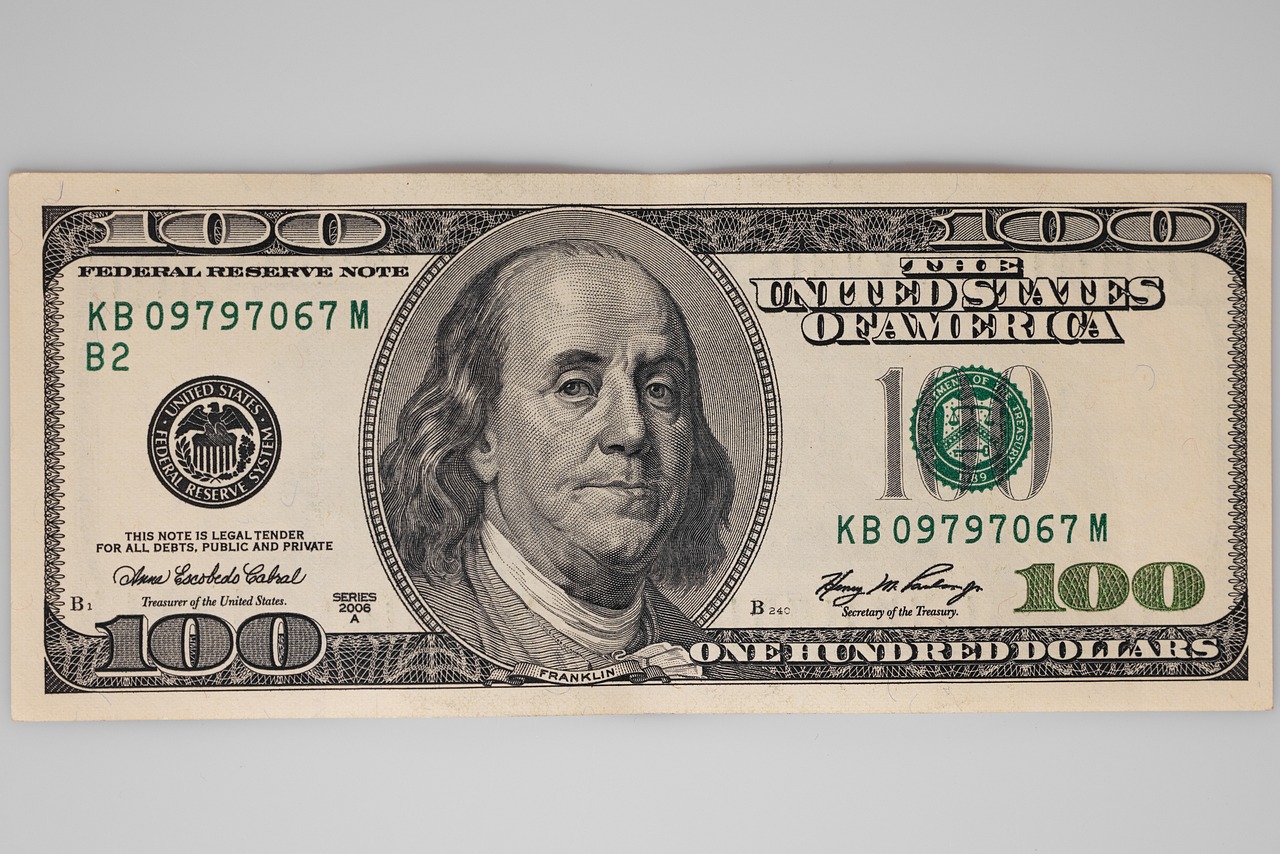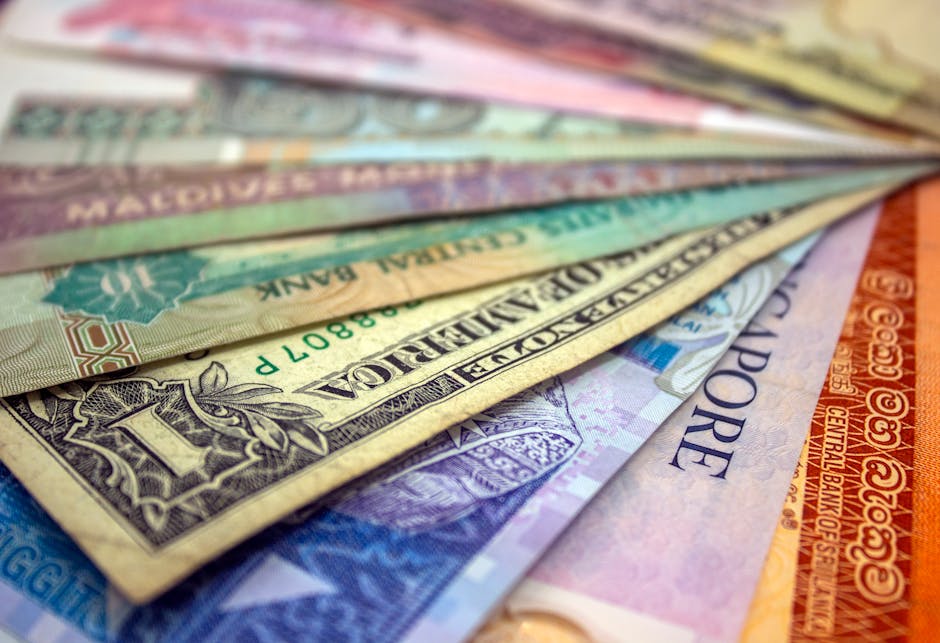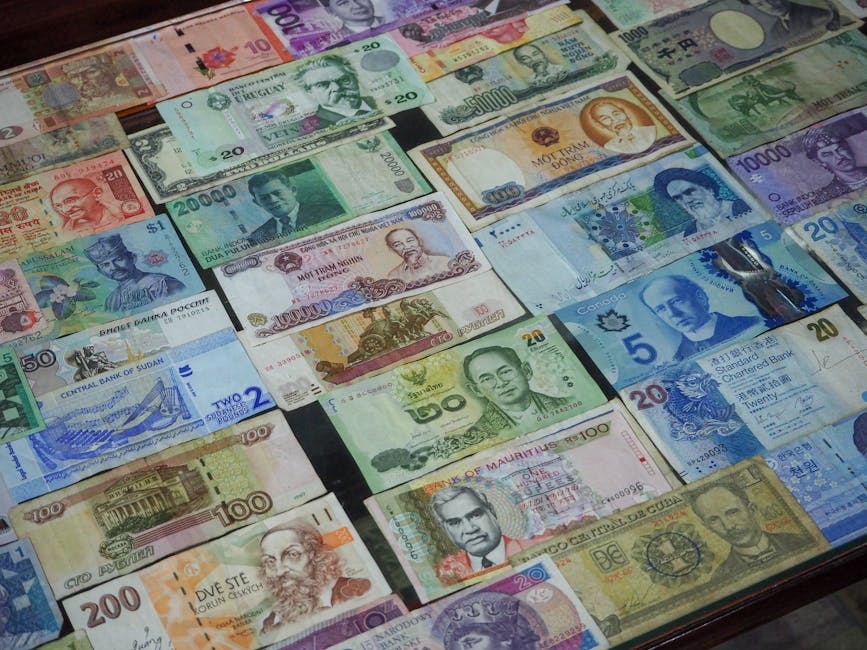The Historical Dominance of the US Dollar
The US dollar, often referred to as the “greenback,” has long been the cornerstone of global finance. Since the end of World War II, the dollar has held its place as the world’s primary reserve currency. Countries around the globe have kept vast reserves of dollars, and many international transactions are conducted in this currency. The Bretton Woods Agreement in 1944 solidified its position, establishing the dollar as the world’s benchmark currency. The strength of the US economy and its political stability have further cemented this dominance. However, like the mighty empires of history, some experts argue that even the dollar’s reign may not last forever.
Factors Contributing to the Dollar’s Decline

Several factors are contributing to the gradual decline of the dollar’s dominance. One of the primary concerns is the increasing national debt of the United States. As of recent statistics, the US national debt has surpassed $31 trillion, raising concerns about the country’s financial stability. Furthermore, inflation rates have been climbing, causing the dollar’s purchasing power to erode over time. The Federal Reserve’s monetary policies, such as quantitative easing, have also played a role in weakening the dollar. Additionally, geopolitical tensions and trade wars have made foreign nations wary of relying too heavily on the dollar.
Rising Economic Powers and Their Currencies

Emerging economic powers like China and the European Union are making moves to challenge the dollar’s supremacy. China’s yuan has been gaining traction as the country expands its influence in global trade. The Belt and Road Initiative, a massive infrastructure project, has increased the use of the yuan in international transactions. Similarly, the Euro has been positioned as a strong alternative, particularly in Europe. The European Central Bank has been actively promoting the Euro as a viable reserve currency. These developments suggest that the global currency landscape is becoming more multipolar.
The Role of Cryptocurrencies in the Financial World
Cryptocurrencies, like Bitcoin and Ethereum, have introduced a new dimension to the currency debate. These digital assets are decentralized, meaning they are not controlled by any government or central authority. Their popularity has surged in recent years, offering an alternative to traditional fiat currencies. Some proponents argue that cryptocurrencies could eventually replace national currencies, including the dollar, due to their potential for greater privacy and lower transaction costs. However, the volatility and regulatory challenges of cryptocurrencies remain significant hurdles to their widespread adoption.
Central Bank Digital Currencies: A Game Changer?
Central Bank Digital Currencies (CBDCs) are digital versions of national currencies issued by central banks. Countries like China are already testing their own CBDCs, with the digital yuan being one of the most advanced projects. The introduction of CBDCs could revolutionize the way money is used and exchanged globally. They offer the benefits of digital currencies while maintaining the stability and backing of a central authority. If widely adopted, CBDCs could diminish the dollar’s role in international finance, as countries would be less reliant on the US financial system.
The Impact of Global Trade Dynamics
The dynamics of global trade are continuously evolving, influencing currency preferences. Trade agreements and partnerships can sway countries towards using alternative currencies. For instance, the US-China trade tensions have prompted China to seek other trading partners and reduce its dependency on the dollar. The European Union’s push for strategic autonomy aims to reduce its reliance on the US dollar for international trade. These shifts in trade dynamics indicate a growing interest in diversifying currency portfolios to mitigate risks associated with overdependence on the dollar.
Political and Economic Stability Concerns

The political and economic stability of a country is a crucial factor in determining the strength of its currency. The US has faced political polarization and economic challenges, which have raised concerns about the dollar’s future. Political gridlock, government shutdowns, and contentious elections can undermine confidence in the dollar. In contrast, countries with stable political environments and robust economies may see their currencies gain favor. Investors and nations seek stability and security, and any perceived instability in the US could prompt a shift towards other currencies.
The Role of Gold and Other Commodities

Gold and other commodities have historically been seen as safe havens during times of economic uncertainty. The price of gold often rises when the dollar weakens, as investors seek to protect their wealth. Some countries, like Russia and China, have been increasing their gold reserves as a hedge against dollar volatility. Commodities like oil, which are traditionally priced in dollars, are also being considered for pricing in other currencies. The diversification of commodity pricing away from the dollar could further erode its dominance in global markets.
The Future of the Dollar in a Digital World

As the world becomes increasingly digital, the future of currencies, including the US dollar, is being reshaped. Digital payment systems, mobile banking, and fintech innovations are transforming the way money is used and exchanged. The convenience and efficiency of these technologies are leading to a decline in the use of physical cash. While the dollar remains a dominant force in the digital space, the rise of digital alternatives and innovations could challenge its position. The adaptability of the dollar in this digital era will be crucial in determining its continued relevance.
Conclusion: A Multipolar Currency Landscape?

The decline of the US dollar’s dominance may not signal the end of its role in global finance, but rather a shift towards a more multipolar currency landscape. The emergence of alternative currencies, both traditional and digital, suggests that the world is moving towards a diversified financial system. While the dollar remains a formidable force, the future may see a balance of power among multiple currencies. The adaptability of the US dollar and the actions of global economic players will ultimately shape the trajectory of this transformation.



